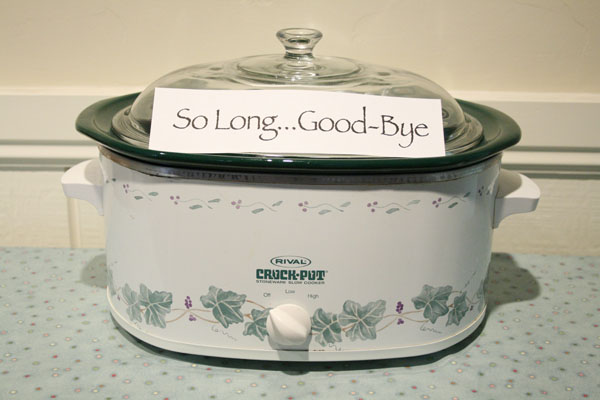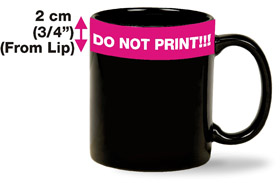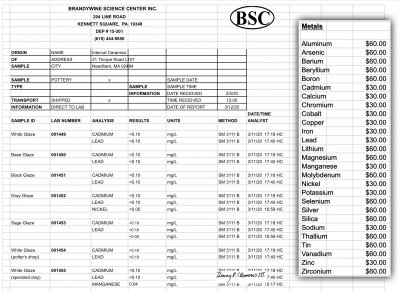Fda has established maximum levels for leachable lead in ceramicware and pieces that exceed these levels are subject to recall or other agency enforcement action.
Fda maximum levels for leachable lead in ceramic ware.
Fda has received reports from local health authorities that traditional pottery from several manufacturers in mexico labeled as lead free in fact contains levels of.
The chocolate industry data indicate that the mean lead level in 226 dark chocolate samples consisting of 9 products was 0 048 ppm the standard deviation was 0 029 ppm and the maximum lead.
Conduct an investigation if a daily use ceramicware product from a cnca ciq certified factory is detained by fda because of an analytical finding of excessive levels of leachable lead or cadmium.
In some cases these levels are comparable to levels found in lead glazed pottery and in others they are in excess of the action levels for extractable lead in ceramic foodware set forth in.
The use of ornamental or decorative ceramicware to prepare serve or hold food may result in the leaching of lead from the glaze or decoration into the food.
These tests are most useful in detecting high levels of lead.
Designed to increase the likelihood that chinese ceramic ware complies with u s.
A lead is a toxic metal that is used as a component of glazes and decorative decals on ceramics including some ornamental and decorative ceramicware.
Laws and regulations the mou establishes maximum levels for lead and cadmium content for various types of ceramic ware including flatware i e ceramic articles with an internal depth not exceeding 25 millimetres small hollowware i e ceramic articles with.
The fda monitors and regulates levels of lead in certain foods foodwares dietary supplements and cosmetics because of its potential to cause serious health problems lead in the soil can be.
Home test kits use a quick color test system.
The division of compliance programs of the food and drug administration interprets the regulations for food additives which covers the leachability of lead and cadmium for glazed.
In many cases they are not sensitive enough to tell whether the dishes meet proposition 65 standards or to detect lower levels which might still represent a lead hazard.





























